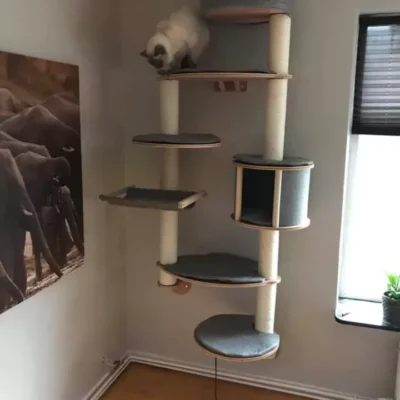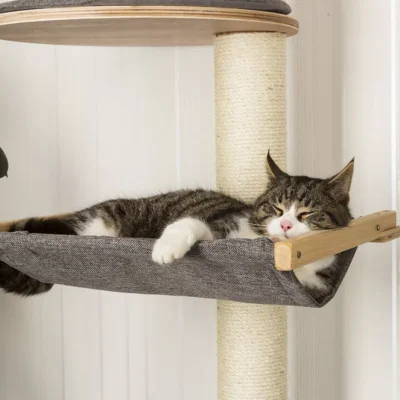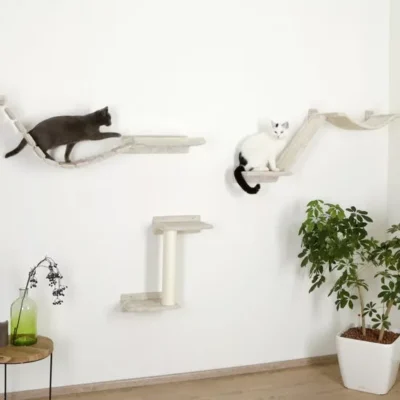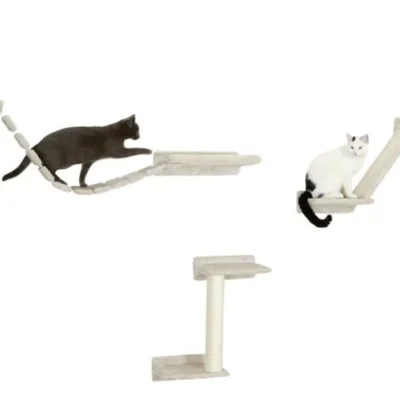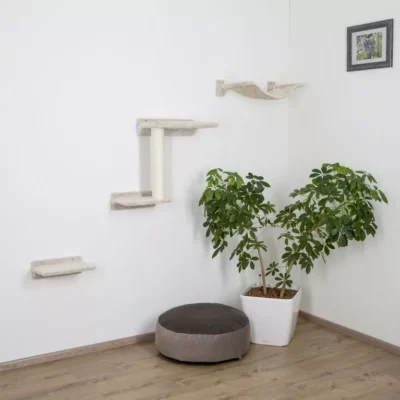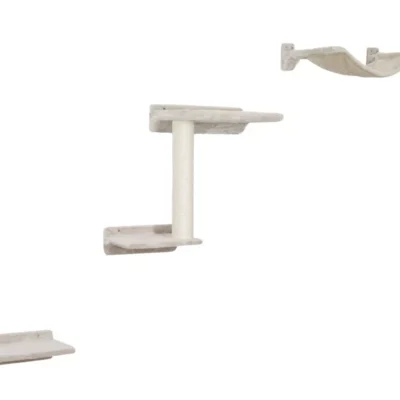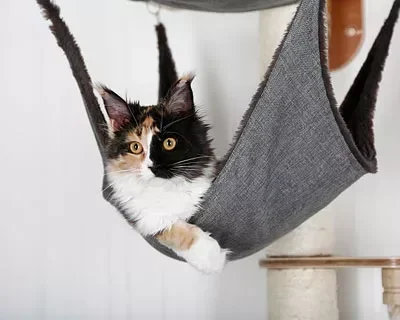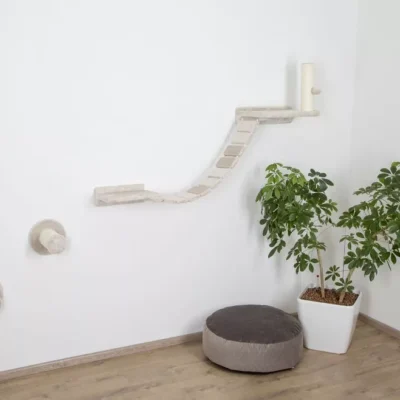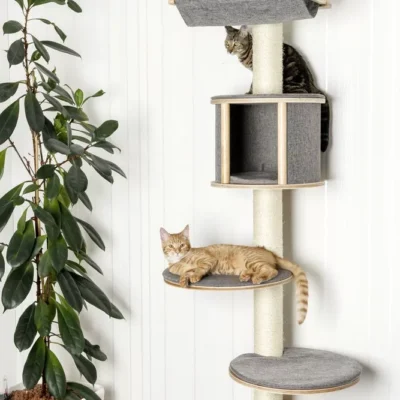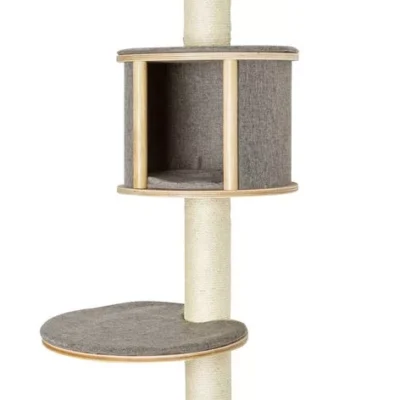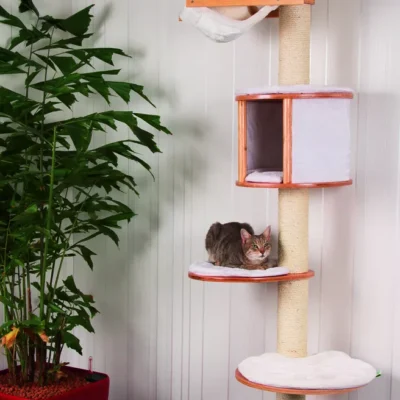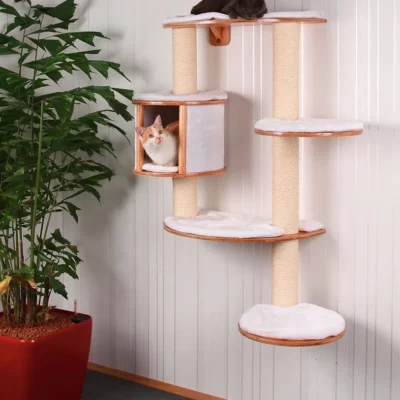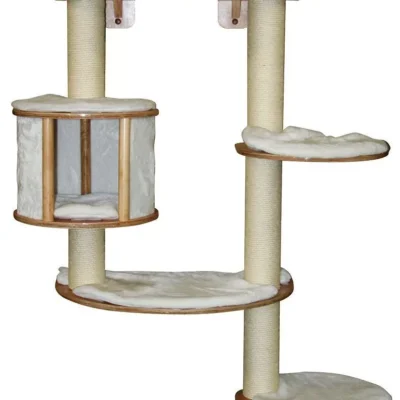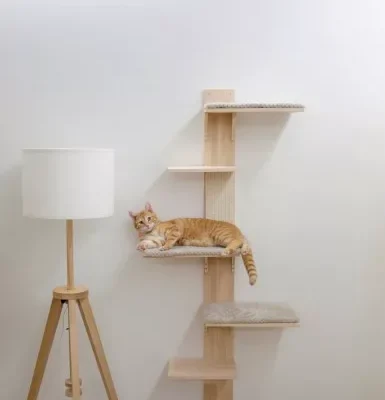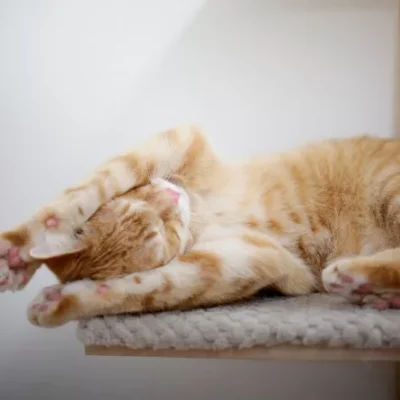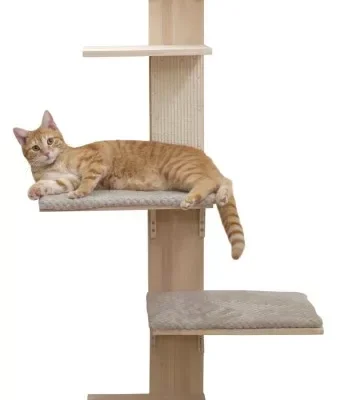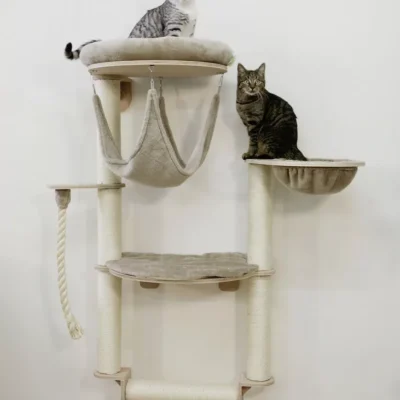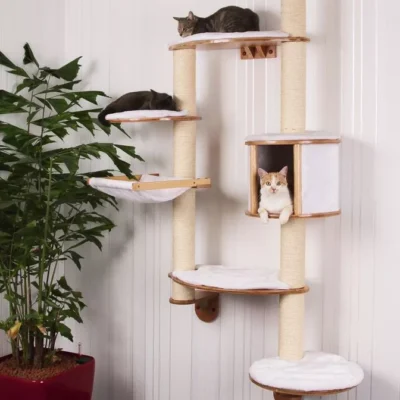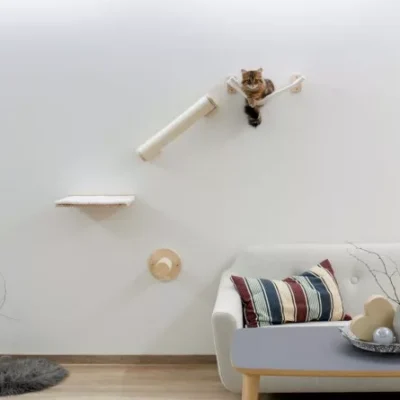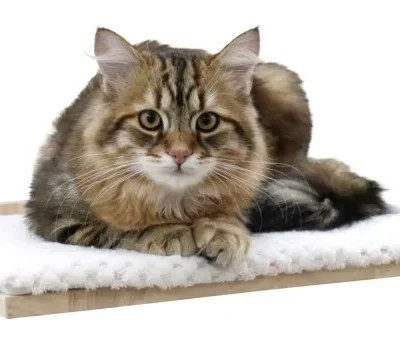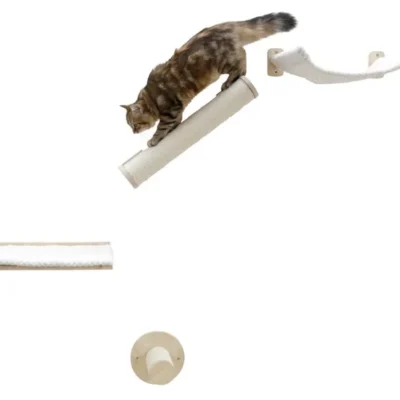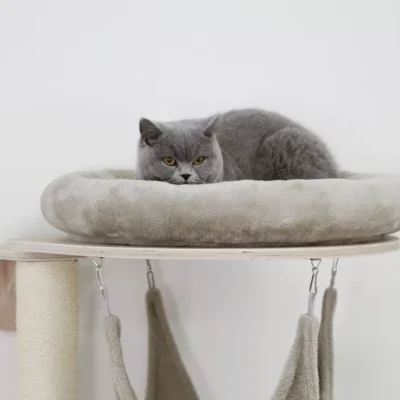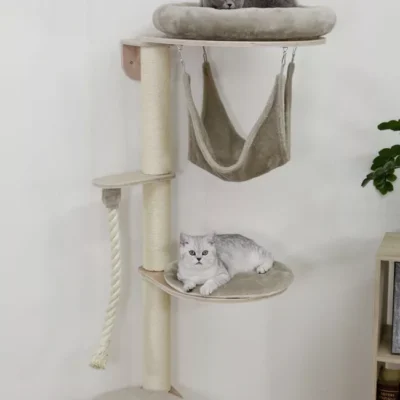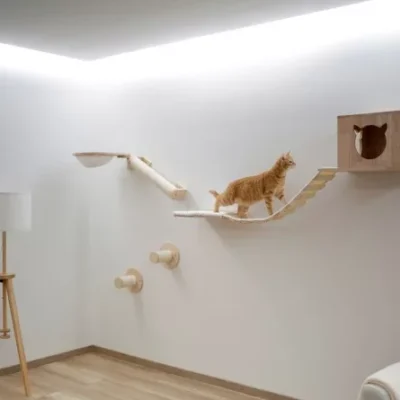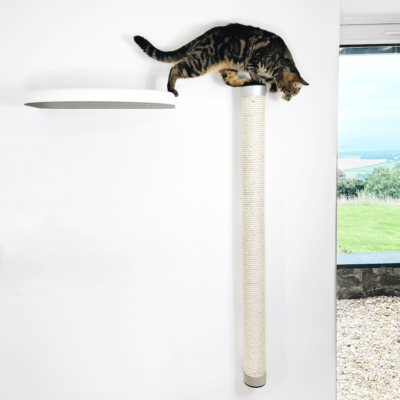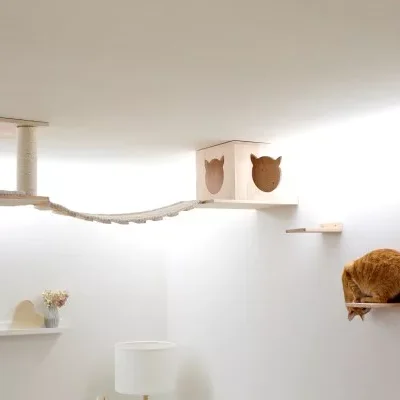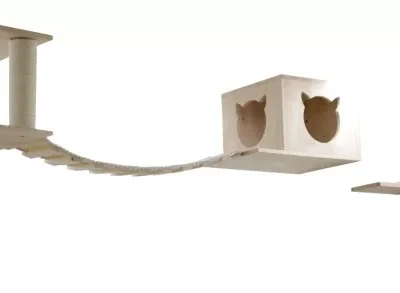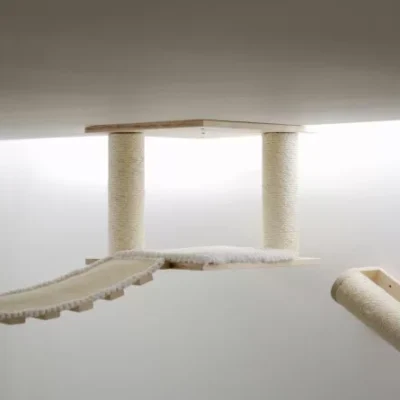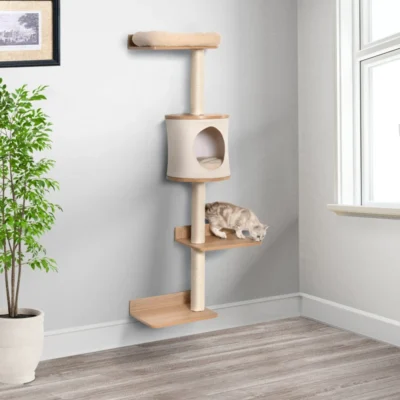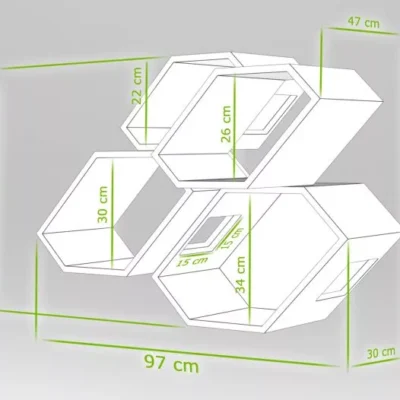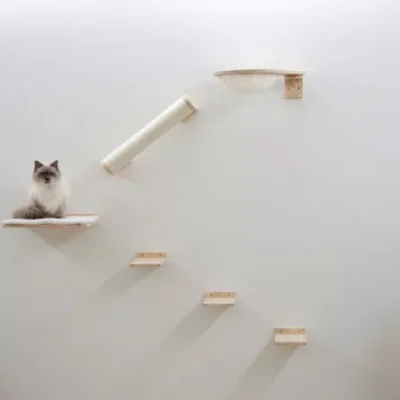0
Cat cognition is a captivating field of study that seeks to unravel the intricacies of our feline companions’ mental processes and distinctive ways of thinking. Although cats have a cognitive framework that differs from that of humans, their intelligence is undeniable, and their abilities are a source of endless fascination.
The study of cat cognition often revolves around understanding how cats perceive and bond with their human counterparts. This connection sheds light on several key aspects of feline intelligence:
Social Bonds: Cats form genuine social bonds with their human caregivers, characterized by affection, trust, and emotional attachment. These bonds extend beyond mere reliance on humans for food and shelter.
Communication: Cats employ a diverse repertoire of communication methods to interact with their owners. They convey their feelings and needs through body language, vocalizations, and purring. Deciphering these cues is essential for strengthening the human-feline bond.
Problem-Solving: Cats exhibit impressive problem-solving skills in various contexts, from hunting for concealed toys to seeking out cozy resting spots. Their ability to adapt and find solutions in changing situations highlights their cognitive flexibility.
Learning and Memory: Cats are capable of learning from their experiences and retaining that knowledge. This is evident in their capacity to remember routines, the locations of favorite hiding spots, and even specific commands or cues.
As we embark on a journey into the realm of cat cognition, we will delve deeper into these and other facets of feline intelligence. Through this exploration, we hope to gain a greater appreciation for the remarkable bond that exists between cats and their human companions.
The Senses of Cats
Cats possess a remarkable array of senses that shape their distinctive way of experiencing the world. One of their most prominent senses is their acute sense of smell, with approximately 80 million scent receptors in their noses. This heightened olfactory prowess allows them to detect scents at incredibly low concentrations, making it a vital tool for communication and navigation in their environment.
In addition to their keen sense of smell, cats have impressive night vision and motion detection abilities. Their eyes feature a tapetum lucidum, a reflective layer that enhances their vision in low-light conditions. This adaptation enables them to see well in the dark, making them efficient hunters during nighttime.
Cats also possess highly sensitive hearing, capable of detecting high-frequency sounds that fall beyond the range of human hearing. Their ears are finely tuned to pinpoint the source of sounds with remarkable precision, helping them identify potential threats or prey.
Recognizing Familiar Scents is a crucial aspect of a cat’s sensory world. They rely heavily on their acute sense of smell to identify and form bonds with their owners. Scent marking is a common behavior where cats rub against objects, individuals, and fellow felines to leave their distinctive scent. This behavior serves as a means of communication and territorial demarcation.
Furthermore, cats become intimately familiar with their owner’s scent through daily interactions. They can differentiate their owner’s unique aroma from that of others, thereby strengthening the bond between them. This sensory recognition through scent is a significant factor in the human-feline relationship.
Cats also employ visual cues to recognize their owners, including sight, body language, and facial expressions. They can discern the visual characteristics of their owners, encompassing their shape, size, and attire. These visual cues aid in their ability to identify individuals they are acquainted with.
Additionally, cats are remarkably adept at interpreting human body language. They can decipher their owner’s posture and movements, discerning the emotions and intentions conveyed. While they may not perceive facial expressions in the same manner as humans, they can recognize the general mood and demeanor of their owners through facial cues.
Understanding the sensory world of cats, characterized by their exceptional sense of smell, impressive night vision, and acute hearing, provides valuable insight into how they perceive and interact with their owners. This heightened sensory awareness plays a pivotal role in nurturing the unique bond shared between cats and the humans who form an integral part of their lives.
The Role of Behavior and Interaction
Cats are inherently social animals, and their behavior is a fundamental element in building strong bonds with their owners. They express affection through various gestures, such as head-butting, kneading with their paws, and purring. These actions are tangible expressions of attachment and trust, indicating their emotional connection with their human caregivers.
Mutual grooming is another significant aspect of feline social behavior. When a cat and its owner engage in mutual grooming, it reinforces the bond between them. It’s a demonstration of acceptance and social bonding, as cats groom each other to establish a sense of unity and belonging.
Cats are masters of body language, and they utilize it extensively to convey their feelings and intentions. Understanding the subtle cues in a cat’s body language, such as tail position, ear orientation, and whisker placement, is essential for owners. These cues provide valuable insights into a cat’s emotional state, allowing owners to respond appropriately and build trust.
Effective communication between cats and humans is pivotal for nurturing a strong bond. Cats use various forms of communication to convey their needs and emotions. Vocalizations, including meowing, purring, and chirping, are among their primary means of expression. Paying close attention to these sounds enables owners to understand and respond to their cat’s desires, whether it be for attention, food, or companionship.
Eye contact is another crucial aspect of feline-human communication. Cats and their owners often engage in gentle eye contact, which serves as a non-verbal acknowledgment of their connection. It can convey trust, affection, and a sense of security.
Physical touch, such as petting and cuddling, is a fundamental form of communication between cats and their owners. Cats seek out physical interaction with their human companions as a way to bond and feel secure. The act of petting, stroking, and being close to their owner reinforces the emotional connection between them.
Play is a cornerstone of the bond between cats and their owners. Engaging in interactive play with toys like feather wands or laser pointers serves multiple purposes. It allows cats to release pent-up energy, bond with their owners, and build trust through shared experiences.
Positive reinforcement during play is a powerful tool for strengthening the bond. Reward-based training and positive feedback create a positive association between the cat and its owner. This encourages desired behaviors and fosters a deeper connection.
In essence, understanding and responding to a cat’s social behavior, recognizing their communication cues, and appreciating the role of play in their lives are key to nurturing a strong and meaningful connection between cats and their human companions. It’s through these interactions that the unique and cherished bond between cats and humans is cultivated and flourishes.



